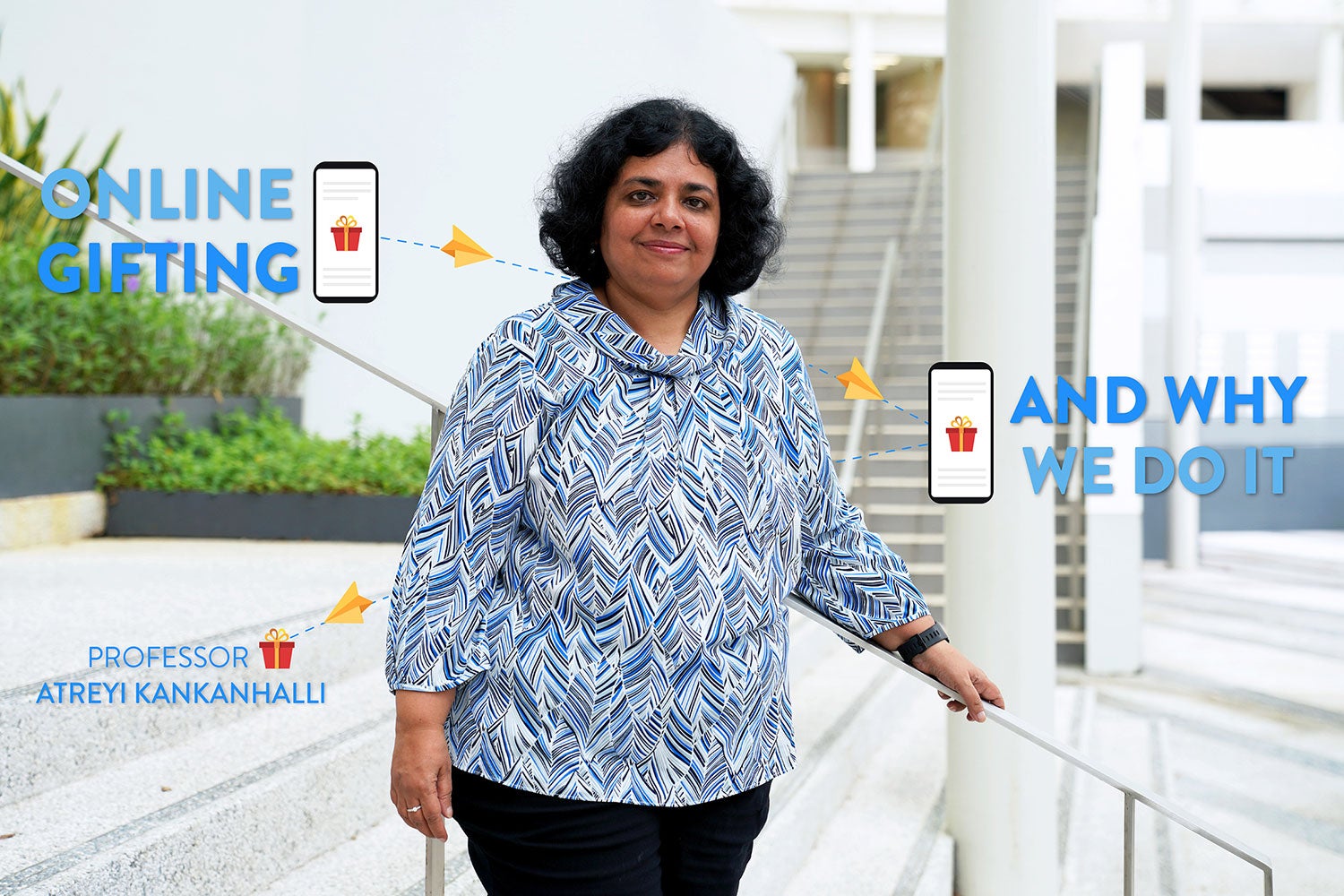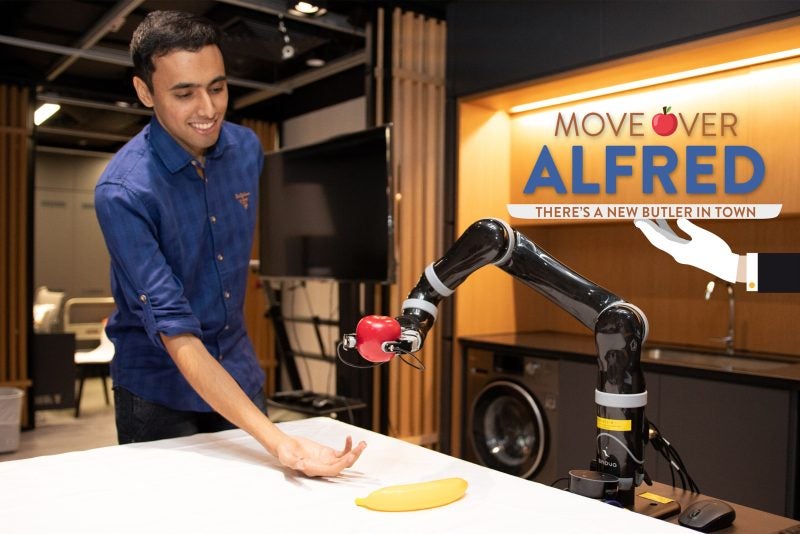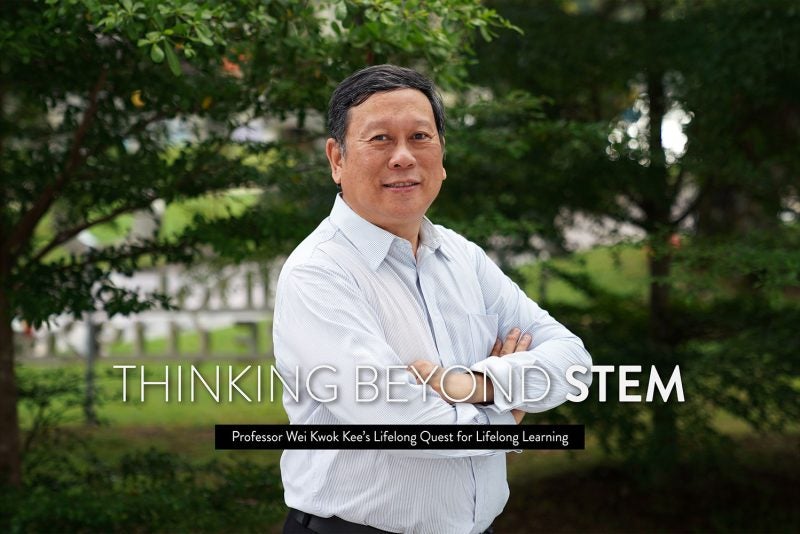For many of us, the introduction of Facebook, WhatsApp, and other social media platforms was a game-changer. They altered the way we make and maintain friends, and transformed how we share news and updates with those we know. But for those in South Korea and a few other places, social media has brought about changes in another aspect of life: how gifts are sent and received.
If you live in South Korea and own a smartphone, as an estimated 87 percent of the population or some 44.5 million people do, then there’s a high chance you probably have KakaoTalk installed on your phone. It is the number one messaging app in the country, and is what WeChat is to the Chinese or WhatsApp is to people in many parts of the world.
But KakaoTalk differs from other messaging and social media apps in a fundamental way: users can send gifts to their family, friends, colleagues and other contacts via the app. Gifts commonly take the form of digital vouchers for items such as a Starbucks latte, movie tickets or even cosmetics. To claim their gift, the recipient simply opens up the app on their phone and shows the vendor the voucher — redemption that is instantaneous and fuss-free.
“It’s really changed the gifting phenomenon, transformed from the traditional way of doing it to this online form through social media,” says Atreyi Kankanhalli, a professor of information systems and analytics at NUS Computing.
“Because it’s so convenient and easy, people use this form of gifting for very routine day-to-day activities, like to thank a friend for a favour,” says Kankanhalli, who together with her collaborators coined the microgifting to describe the phenomenon. “These are very small gifts for simple occasions, unlike traditional gift-giving which you only do on birthdays, at Christmas or other special occasions.”
Intrigued by the widespread phenomenon of microgifting, Kankanhalli and her collaborators (Hee-Woong Kim and So-Hyun Lee from Seoul’s Yonsei University) set out to explore the factors influencing people’s decision to send gifts on KakaoTalk.
Gifting made easy
To begin with, the researchers already had an inkling as to why users preferred such online gift-giving over more traditional approaches. “It’s a burden sometimes right? People think, ‘Oh no, I have to give someone a gift and I have to go to multiple stores to search and I don’t know exactly what they want.’ So there’s that effort,” says Kankanhalli.
While gift cards can resolve the issue of an unwanted gift, it still involves the recipient taking the time and effort to make a physical trip down to a store, or perusing an online catalogue to order an item. E-commerce stores such as Amazon offer a promising alternative, but with the drawback of having to wait for the gift to arrive, and the added worry that the parcel might go astray or be delivered when no one is home.
In contrast, microgifting is efficient, instantaneous, and convenient. Givers select the gift from KakaoTalk’s catalogue (comprising more than 13,000 gifts from over 2,000 brands), choose the intended recipient from their contact list, and click send. They can even track in real time when the gift is redeemed.
Specifically, Kankanhalli and her collaborators wanted to uncover and quantify which were the most important motivators driving people’s decisions to send gifts on the platform. Was it more because KakaoTalk made it easy to do? Or because gifting helps to build and strengthen relationships? Or because the act of giving is symbolic, such as someone showing affection for his partner or to boast his fine taste through the gift chosen? Was it to reciprocate a gift given earlier that one felt obliged to return? Or did the giver simply enjoy the act of giving? These motivations — which the researchers refer to as functional, social, symbolic, normative, and hedonic, respectively — were modeled using social exchange theory, as gifting is a form of social exchange.

A new revenue stream
To explore these motivations, the researchers recruited 203 KakaoTalk users who had previously given gifts via the app. They tracked their behaviour over a four-month period, collecting data such as how often they sent gifts, what kind of gifts they chose, and how much they were worth.
From their analysis, published in the journal Informations Systems Research, the team concluded that there were two key factors influencing a person’s decision to send a gift via the platform: perceived worth of gifting (whether a gift offered good value or not) and his prior gifting experience (the more experience the person had, the easier he felt it was to do).
To assess a gift’s perceived worth, participants considered various factors, the most important of which was how it would enhance their relationship with the recipient. This was followed by how convenient it was to purchase the gift on the platform, and if the gift could reciprocate what had been given to them previously. Symbolic representation, as it turns out, wasn’t a separate impacting factor (instead, it contributed to supporting the relationship).
The findings also have practical implications for KakaoTalk operators, and those who run other social media platforms, says Kankanhalli. Gift-gifting offers a way for operators to diversify their revenue stream, away from traditional sources such as membership fees and advertising. But it’s hard to do right — in 2014, Facebook shut down its unsuccessful digital gift business two years after it was first launched.
“It’s about really understanding users and what their motivations are when they gift, and how to facilitate the drivers to make it a strong revenue source for the platform,” says Kankanhalli.
Her study suggests that KakaoTalk should pay more attention to females aged 20 to 29 (the demographic that sends the most gifts) and encourage users to recruit more friends to the platform (since gifting can only occur between members). Because drinks were the most popular gifts purchased (comprising 55 percent), the platform should consider sourcing more beverage companies to partner with, especially ones with multiple branches to make redemption more convenient for users.
Today, Kankanhalli and her team continue their research, using a new dataset to probe further into how relationship proximity and geographical proximity affect gift-giving behaviour. For instance, online gifting help make a long-distance relationship somewhat easier? At the same time, they are analysing the messages and texts that may accompany a gift, to evaluate its impact on the social exchange. “This is more about the dyadic relationship,” she says. “We’re zooming in and going more into the nature of the relationship that microgifting can foster.”
Paper:
Examining Gifting Through Social Network Services: A Social Exchange Theory Perspective
































